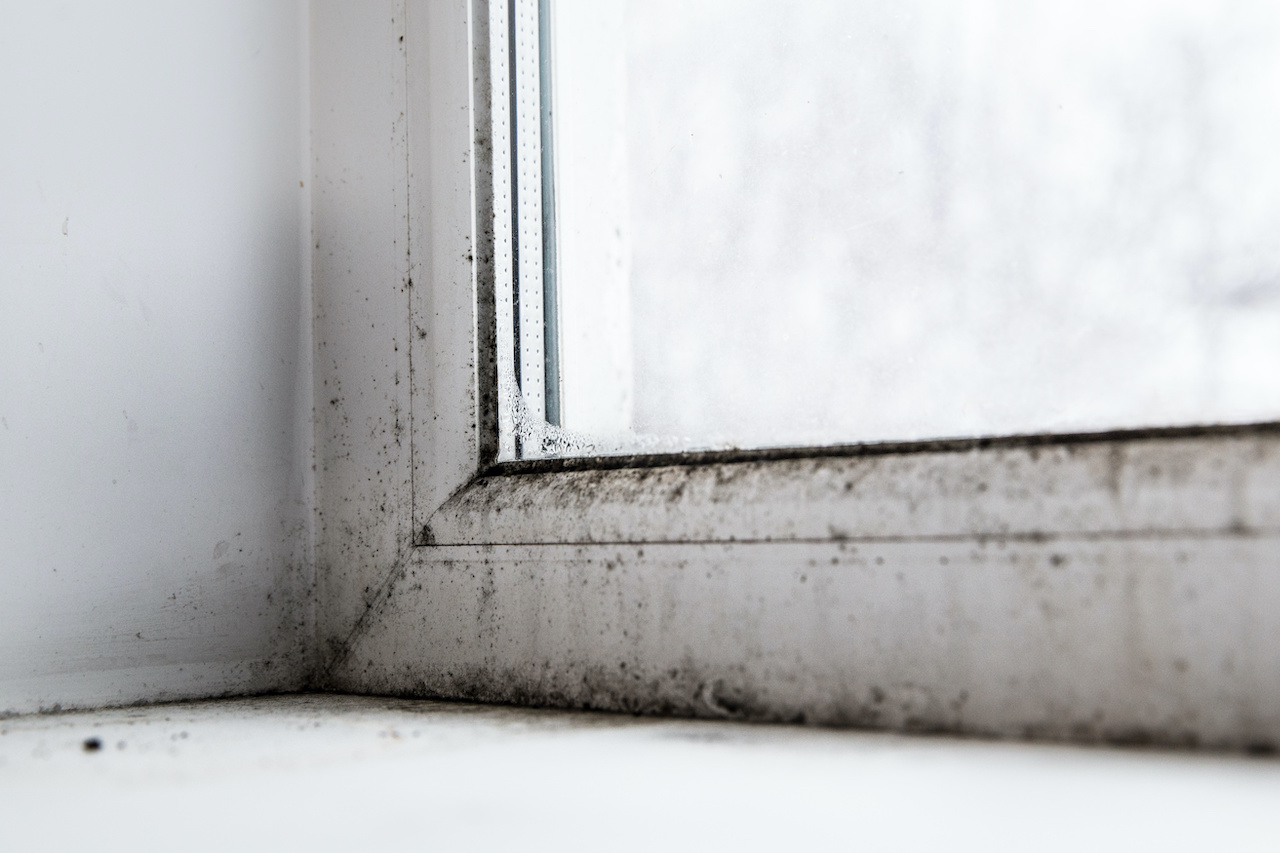Winter is that time of the year when you want to do nothing but relax in your warm, cozy home. However, as you’re sitting by the window, watching the snowfall, you notice a strange, black texture on your windowsill. If that sounds familiar, then you might be dealing with a window mold infestation.
Fortunately, while mold can be an anxiety-inducing experience, it can also be dealt with. So keep reading to find out where this unwelcome guest comes from and how you can tackle it during the winter.
What Causes Window Mold in Winter?
To put it simply, most older windows don’t have proper insulation, which allows condensation to form on the glass or sill. That usually happens when there’s a noticeable difference between indoor and outdoor temperatures. Even though you may think that this occurs during humid and hot weather, it’s just as prevalent in winter. In fact, as long as there is moisture, mold can grow and spread throughout your home.
The main problem with this type of mold is that it can rot the casing or the wall. And even if you have metal or vinyl frames, mold can still damage the caulk. Additionally, mold spores can also cause respiratory problems, particularly in people who suffer from asthma.
Can I Prevent Window Mold?
More often than not, the best way to keep mold at bay is to reduce moisture and improve air circulation. For instance, you should regularly open your blinds and curtains so air can flow closer to the glass. The increased sunlight exposure will also help prevent condensation from forming.
However, if you do notice condensation, dry your windows with a clean towel immediately. As an extra precaution, you should wipe down the sill, glass, and walls using some bleach. That will disinfect the area and further limit the spread of mold.
What Should I Do If I Have Window Mold?
White vinegar and baking soda, mixed with warm water, make a very effective mold remover. As soon as you see any mold on the surface of your home, spray this solution on the areas affected by mold and let it soak in. This typically takes between five to ten minutes. After it’s had enough time to soak, use warm, damp washcloths to wipe the mold away.
Once you’ve successfully removed the mold, carefully dispose of the rags. Using them again creates the risk of spreading mold to other areas of your house and this is what’re trying to avoid.
Finally, spray the solution on the newly cleaned surface once more and this time, let it dry completely. This creates a bit of a barrier and helps deter mold from growing there again.
Call a Professional Mold Remediation Company
Although you might want to deal with the infestation yourself, if you have more than 10 square feet of mold, it’s always better to call a mold remediation company. That’s because they have all the necessary equipment and training to handle mild and severe mold problems. Plus, they can inspect and find other mold issues throughout your home, preventing future infestations. So make the best decision for your family and request the help of our mold remediation and prevention services.








